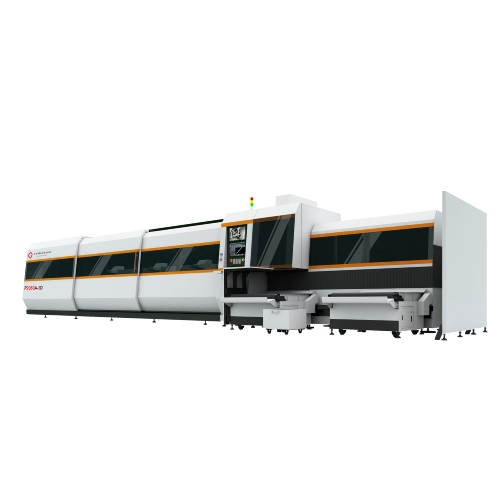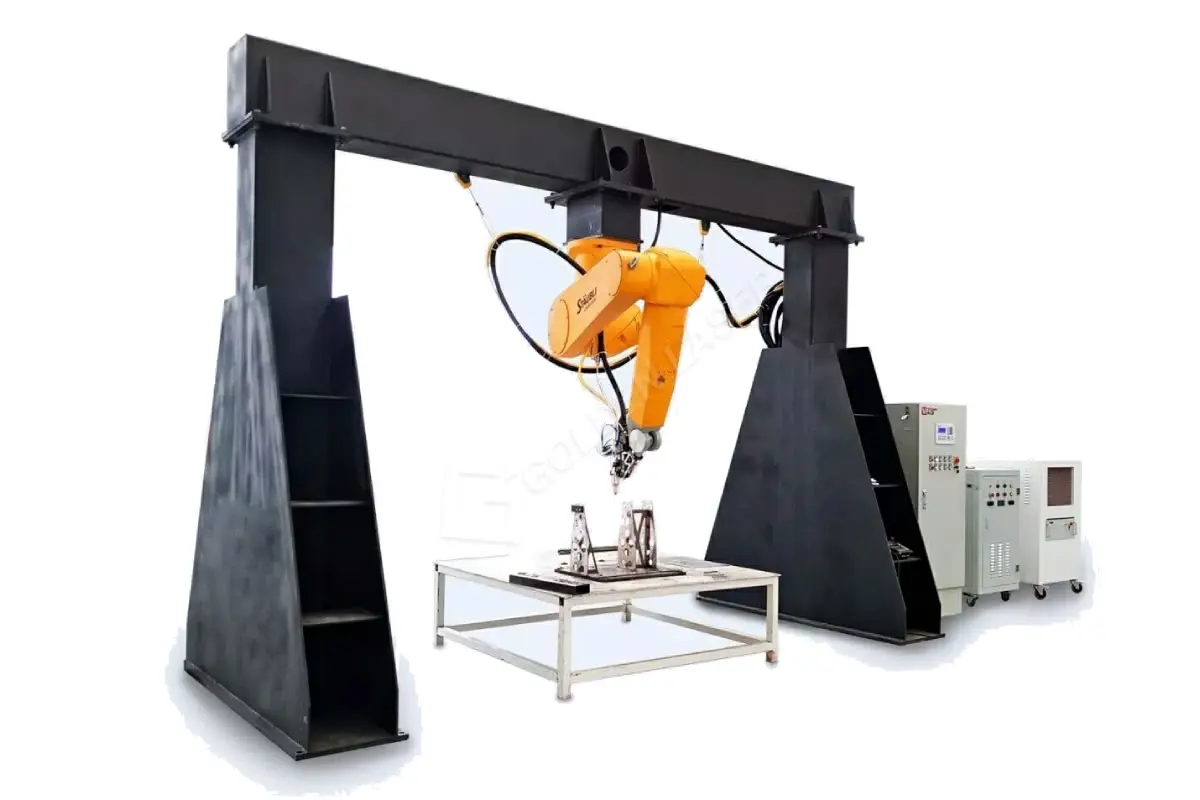Laser cutting technology has revolutionized the production of automotive parts, making it possible to create intricate and complex designs with greater precision and speed. With the ever-increasing demand for quality and efficiency in the automotive industry, laser cutting machines have become indispensable tools for manufacturers to stay ahead of the competition.
Laser cutting machines use a high-powered laser beam to cut through various types of metal sheets, such as steel, aluminum, and titanium, to create parts for cars, trucks, buses, and other vehicles. The process involves directing the laser beam onto the metal sheet, creating a molten zone that can be blown away by a stream of gas, leaving a precise cut.
One of the main advantages of laser cutting technology is its ability to create complex shapes and designs that would be impossible with traditional cutting methods. Laser cutting machines can work with computer-aided designs (CAD) to produce parts with tight tolerances and consistent quality. This means that automotive manufacturers can produce parts with minimal wastage and faster production times.
Laser cutting technology is also highly versatile and can be used to cut a wide range of materials, including thick and thin metals, plastics, and composites. This flexibility allows manufacturers to use laser cutting machines for a variety of purposes, such as prototyping, small-batch production, and mass production.

Laser Cutting Machine for Automotive Parts: Precision and Efficiency in Manufacturing
One of the significant applications of laser cutting technology in the automotive industry is the production of body and chassis parts. These parts require high precision and tight tolerances to ensure a perfect fit with other components, such as engines, transmissions, and suspension systems. Laser cutting machines make it possible to create parts with complex shapes, such as curved or contoured panels, which can be difficult to make with traditional cutting methods.

Laser Cutting Machine for Automotive Parts: Precision and Efficiency in Manufacturing
Another application of laser cutting technology in the automotive industry is the production of interior components, such as dashboards, door panels, and seat frames. Laser cutting machines can be used to create intricate designs, such as perforated patterns, which provide both aesthetic appeal and functional benefits, such as improved ventilation.
Laser cutting machines are also used to produce automotive parts with safety features, such as airbags and seatbelt components. These parts require high precision and strength to withstand the impact of a collision. Laser cutting technology makes it possible to create parts with minimal distortion and high strength, ensuring that they can perform as intended in the event of an accident.

Laser Cutting Machine for Automotive Parts: Precision and Efficiency in Manufacturing
In conclusion, laser cutting machines have become essential tools in the production of automotive parts, providing manufacturers with greater precision, efficiency, and versatility. As the automotive industry continues to evolve and demand for innovative designs and features increases, laser cutting technology will undoubtedly play a critical role in shaping the future of the industry. Steel Rack Laser Cutting Machine



